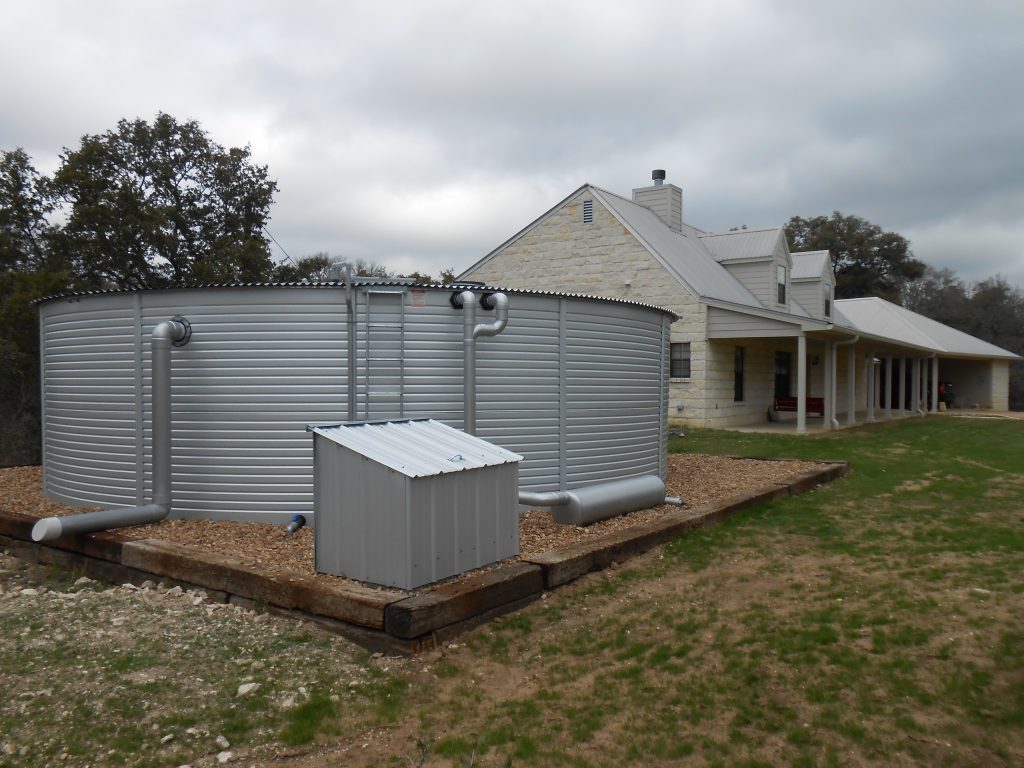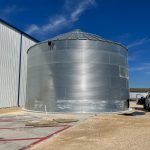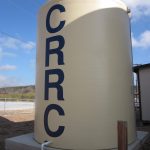Rainwater harvesting is an excellent way to conserve water and reduce your environmental impact.
Once you’ve decided on installing a rainwater harvesting system, it’s essential to understand the necessary maintenance to ensure its efficiency and longevity.
Regular maintenance not only maximizes the system’s performance but also safeguards your investment. Let’s delve into the key aspects of maintaining a rainwater harvesting system.
Regular inspection of your system is the most important aspect of maintenance. Frequent and thorough inspections are crucial to identifying potential issues early.
- Check the gutters, downspouts, and roof surface for debris that might obstruct the flow of rainwater into the collection system. Clear any debris from your gutters/screens, you can run water through a hose into the downspouts to ensure that there are no clogs. It is recommended to clean your gutters at least every six months.
- Inspect the filter basket, removing if necessary. You can dump the contents out and even run water using a hose to clear the screen. This should be done after all rain events.
- Ensure that the first flush diverter, if you have one, is functioning correctly to divert the initial polluted rainwater away from the storage tanks. Check for any cracks or leaks and make sure that the ball that seals off the first flush is intact.
- If you notice large pooling areas of water after a rain event, this might indicate that there are underground cracks in a wet system. If this is the case, please call for a service call to diagnose and repair.
- Visually inspecting inside the tank is important as well, check for any foreign matter that may be floating at the top of the tank, and remove if you are able. Gently pull on the levitator (if installed) to check for any restrictions, if there is resistance it may be stuck on debris in the tank.
These inspections can be done by the homeowner or the homeowner may call for a service inspection visit offered by Innovative Water Solutions. Contact us if you would like to learn more about our service inspection visits.
Most rainwater harvesting systems have filters to remove contaminants. These filters need regular cleaning to maintain optimal performance. Debris like leaves, twigs, and sediment can accumulate, affecting the water quality. Depending on the type of filter, cleaning might be needed monthly or quarterly.
If you have a irrigation only system, without a pump, then maintenance will be limited regarding filtration. The basic inspection and clearing of your gutters will be the main concern. The “leaf eater” also will need to be cleaned, brush off any leaves that have settled on the screen.
If the system has a first flush diverter, this will need to be cleaned after every rain event. Remove the drip cap located at the base of the filter, allow the water that was collected to drain and be sure to catch the ball and fitting that reside in the pipe. These elements can be cleaned with a small brush and replaced.
For irrigation systems with a pump, inspection of the following (if installed) will prove helpful:
- Floating Filter: ensure there are no blockages and that the filter is functioning.
- Prefilter on the pump: this can be cleaned using a small brush (like a toothbrush) or washed thoroughly.
For potable (drinking water) systems, maintenance is more intensive.
These systems will consist of the above elements and also include a set of filters/UV disinfectant lamp located outside the tank. The filters will need to be changed every six months, and the bulb yearly.
Innovative Water Solutions offers a maintenance program to our clients that takes the guesswork out of changing these elements. For a one time yearly fee we will schedule two visits a year and change the filters/UV as well as provide an inspection of the total system. Contact us if you would like to learn more about our service visits.
If preferred, one can perform this maintenance yourself and we can provide documents to help walk through the process.
System Winterization
Winterization is incredibly important for the livelihood of a rainwater system.
Winterization refers to the process of preparing and safeguarding pipes or any other items that are susceptible to damage due to cold temperatures, frost, ice, or snow during the winter season. The goal of winterization is to prevent freezing and other weather-related damage by taking preventive measures.
Ensure that all exposed pipes are well insulated for all types of systems.
Irrigation systems can be “de-commissioned” by unplugging the pump and opening hose bibbs and clean outs to release trapped water.
However, if you are using the water for any reason, the pump will need to be insulated. Typically the pump is located in an outside pump house that is mildly insulated, but we recommend adding extra insulation and considering placing a heat lamp inside near the pump. This prevents any freezing or seizing of the pump itself.
If the system has a first flush filter, this will need to be emptied much like the process after a rain event. Place the ball somewhere safe so it can be accessed again in the Spring.
Once the chance of freeze is over, the system can be “re-commissioned” and all the elements can be replaced.
Innovative Water Solutions also offers winterization contracts as a service to clients. Contact us if you would like to learn more about our winterization services.
Other areas for concern may be:
Water quality testing
Cistern disinfection
Frequent inspection of the pump, overflow and outside of the tank itself
We also recommend considering a tank cleaning on a yearly basis to maintain the quality of water inside the tank. Innovative Water Solutions is pleased to also offer this service.
Tank Cleaning: Before and After
In conclusion, proper maintenance is the key to a successful rainwater harvesting system. By investing time and effort into regular checks and cleaning, you not only ensure the longevity of your system but also contribute significantly to water conservation efforts. Remember, a well-maintained rainwater harvesting system not only benefits your household but also the environment by reducing the demand on traditional water sources.
Stay proactive, and your rainwater harvesting system will serve you efficiently for years to come.









